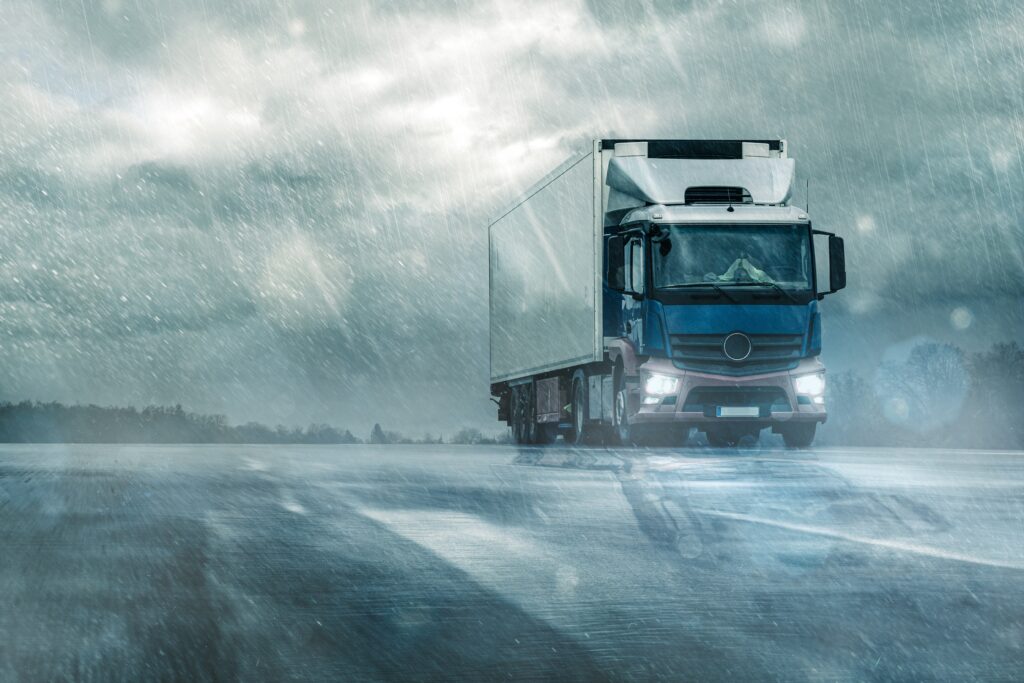
UK winter road conditions demand extra vigilance. See how VUE camera and telematics systems help HGV fleets reduce risk and improve safety.
Read More
From the pesky allergies that inflict drivers, to the temptation of speeding on clearer roads, springtime presents its own array of hazards on the highways. In this blog, we will delve into these issues and provide essential tips for ensuring safety and efficiency of your fleet during the spring months.
Springtime brings with it a flurry of pollen and other allergens that can leave drivers sniffling and sneezing behind the wheel. Many allergy medications come with a warning label “may cause drowsiness”, this drowsiness poses a serious risk to fleet safety, as it can impair drivers’ reaction times and decision-making abilities. Before combining any allergy medication with driving, ensure all drivers are reading instructions or consulting with a pharmacist.
At VUE, we prioritise safety above all else. That’s why our cutting-edge Driver Distraction AI technology is available to safeguard your drivers and cargo, even in the face of allergy-induced drowsiness. Our DDAI system utilises advanced sensors and algorithms to monitor drivers’ behaviour in real-time, by analysing factors such as eye movement, head dropping and yawning. Importantly, it can differentiate between blinking and drowsiness, allowing it to provide accurate and timely alerts to drivers when needed most.
With our DDAI technology onboard, fleet managers can rest assured that their drivers are always alert and focused on the road ahead, even during allergy season. By proactively addressing the risk associated with allergies and medication-induced drowsiness, we are committed to keeping your fleet safe and productive all year round.
As the winter frost melts, roads can undergo significant changes in surface condition during the spring months. Potholes, cracks, and uneven surfaces become more pronounced, posing a challenge to driver navigating at high speeds. Additionally, with clearer roadways and longer daylight hours, the temptation to exceed speed limits can be heightened.
Our Driver Behaviour dashboard is designed to provide fleet managers with valuable insights into driver behaviour, including instances of speeding and highway code infractions. By integrating advanced GPS tracking and vehicle sensors, VUE Telematics can accurately monitor vehicle speeds in real-time, flagging instances of excessive speeding. Additionally, our system can overlay this data with road surface conditions, allowing fleet managers to identify areas where speeding may pose a greater risk due to road irregularities.
With warmer weather inviting children outdoors and cyclists reclaiming their routes, speeding becomes a perilous gamble, increased pedestrian activity add layers of unpredictability to the driving experience. Children playing near roads pose a particularly urgent concern during spring. Longer daylight hours and milder temperatures encourage outdoor activities, making it essential for drivers to anticipate their presence and adjust their speed accordingly.
Cyclists, too, become more prevalent on the streets as they emerge from winter hibernation. Their vulnerability demands respect and caution from motorists, underscoring the importance of reducing speed and sharing the road responsibly. Additionally, the resurgence of wildlife and their ventures closer to roadways in search of sustenance or mates, heightening the risk of collisions. From deer to smaller creatures like rabbits and squirrels, encounters with wildlife can occur suddenly, especially at higher speeds.
Commercial vehicles such as HGVs and buses have huge areas surrounding them with little to no visibility. These blind spot areas are a huge risk for any driver, as they make it hard to spot vulnerable road users such as motorcycles, pedestrians, and cyclists when changing lanes or manoeuvring. VUE's Pedestrian AI technology has specific alerts for each of the three cameras surrounding a vehicle. If a human is detected by any of the AI cameras, an alert is created for that camera and is sent back to VUEhub for review. When this occurs, the in-cab monitor will display the live footage for the driver.
Pedestrian AI helps significantly reduce driving accidents caused by blind spots by using AI technology to detect when vulnerable users are in areas of risk within three zones around the vehicle; both sides and rear. The cameras provide a real-time visual and audio alarm in-cab to alert drivers to potential dangers. The high-definition image highlights the risk, helping drivers manoeuvre with more awareness and avoid incidents.
Walkaround vehicle checks are an essential part of driving and should be conducted before every shift to make sure the van or HGV is safe enough to be on the roads.
Driving all year round can put strain on a vehicle however warmer weather can amplify this, especially when paired with difficult road conditions, stressing the importance of ensuring the vehicle is in the best shape possible to avoid breakdowns or crashes due to mechanical defects.
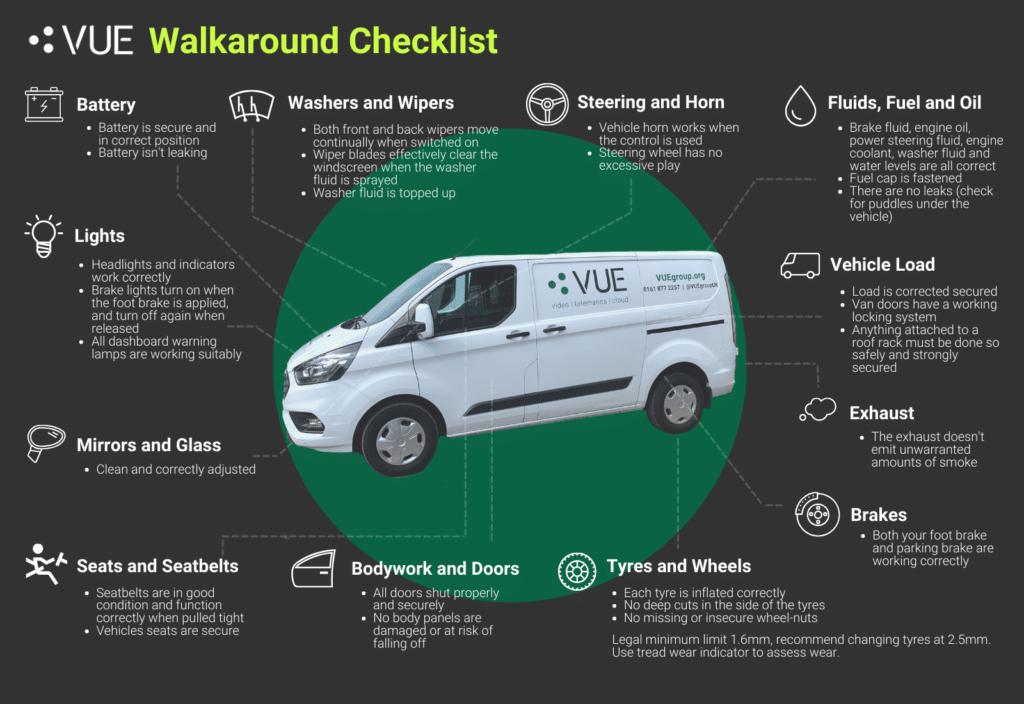
Spring brings a renewed sense of vitality, with its low-hanging sun and budding foliage, it also introduces unique hazards. One of the most underestimated dangers is sun glare. In this season, the sun sits lower in the sky, casting blinding rays directly into drivers' eyes during crucial times of the day.
Here's why sun glare poses a significant threat, especially in springtime, and how it adds stress to tasks like cleaning windows and maintaining VUE cameras on vehicles:
The angle of the sun in spring can create intense glare, particularly during sunrise and sunset. This glare can significantly reduce visibility for drivers, making it challenging to see pedestrians, cyclists, or obstacles on the road. The sudden loss of visibility increases the risk of accidents, especially during peak commuting hours.
Constant exposure to bright sunlight can cause eye strain and fatigue, leading to decreased concentration and slower reaction times. This effect is amplified when driving, as drivers must remain vigilant and alert to navigate safely. The strain of squinting against the glare can also lead to headaches and overall discomfort.
Spring is synonymous with cleaning, and for many, this includes tackling the windows. The presence of sun glare can make this task more arduous and potentially dangerous. The glare makes it difficult to spot streaks or smudges on the glass, leading to frustration. Moreover, the intense sunlight can quickly dry out cleaning solutions, leaving behind unsightly residue
Vehicles that are equipped with VUE advanced safety cameras can be rendered ineffective in the face of intense sun glare. The glare can obscure the camera lenses, distorting the images and compromising their accuracy. This poses a serious safety risk, especially when relying on these cameras for parking or navigating tight spaces
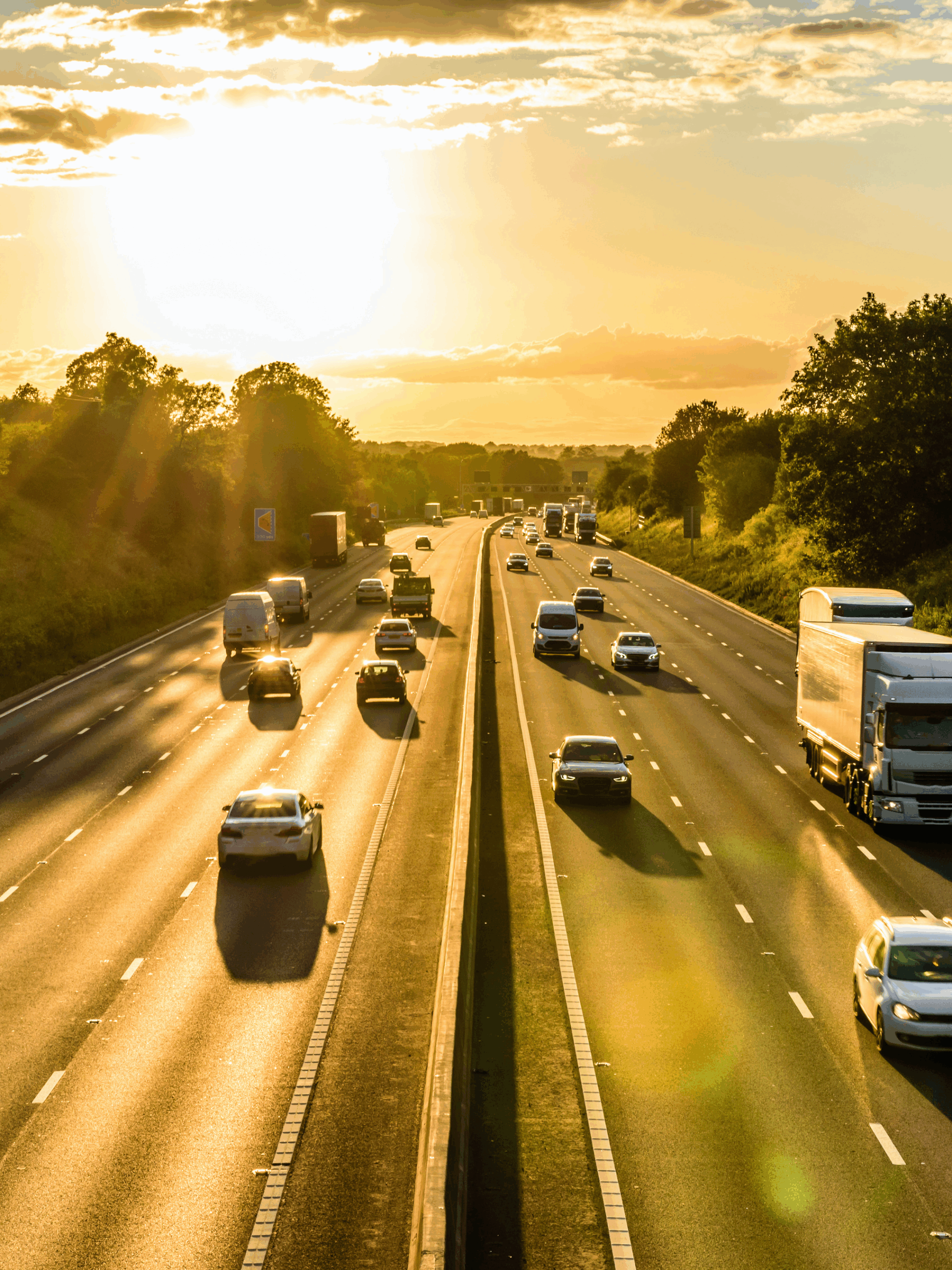

UK winter road conditions demand extra vigilance. See how VUE camera and telematics systems help HGV fleets reduce risk and improve safety.
Read More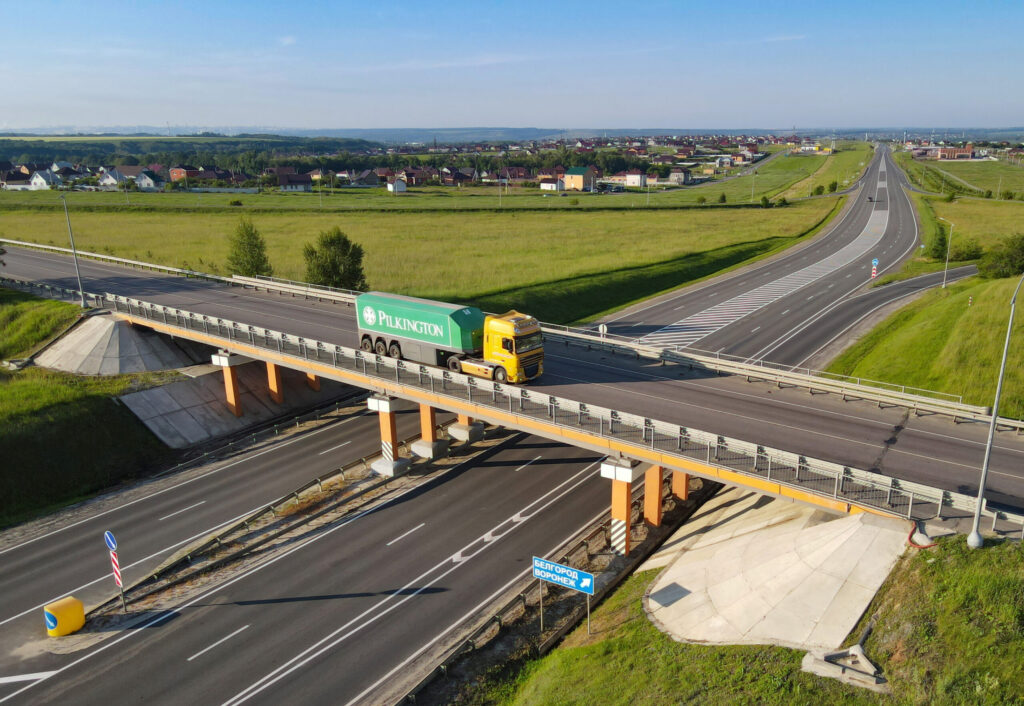
Pilkington's story of how they acquired VUE technology and how it has helped optimise their operations.
Read More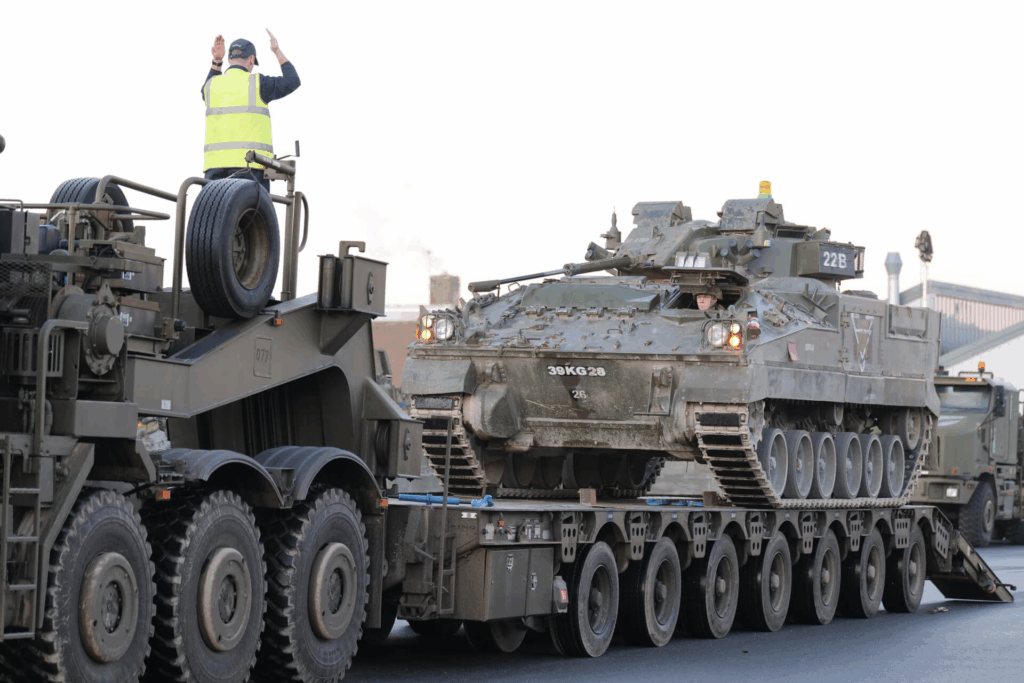
VUE develops camera and video telematics solution for the UK's Ministry of Defence Transporter fleet.
Read More